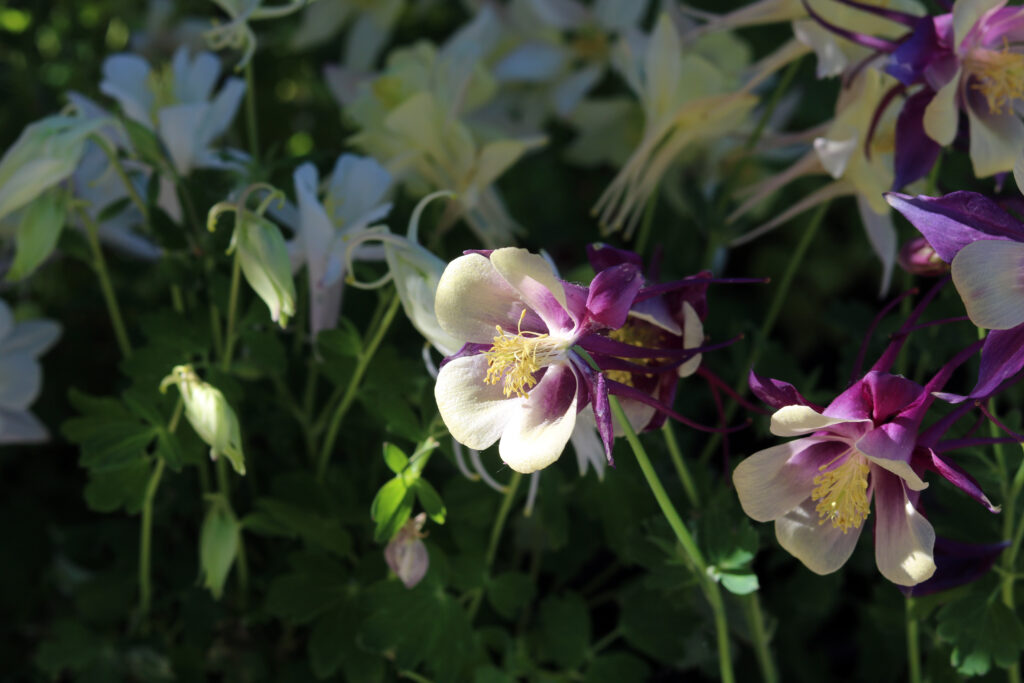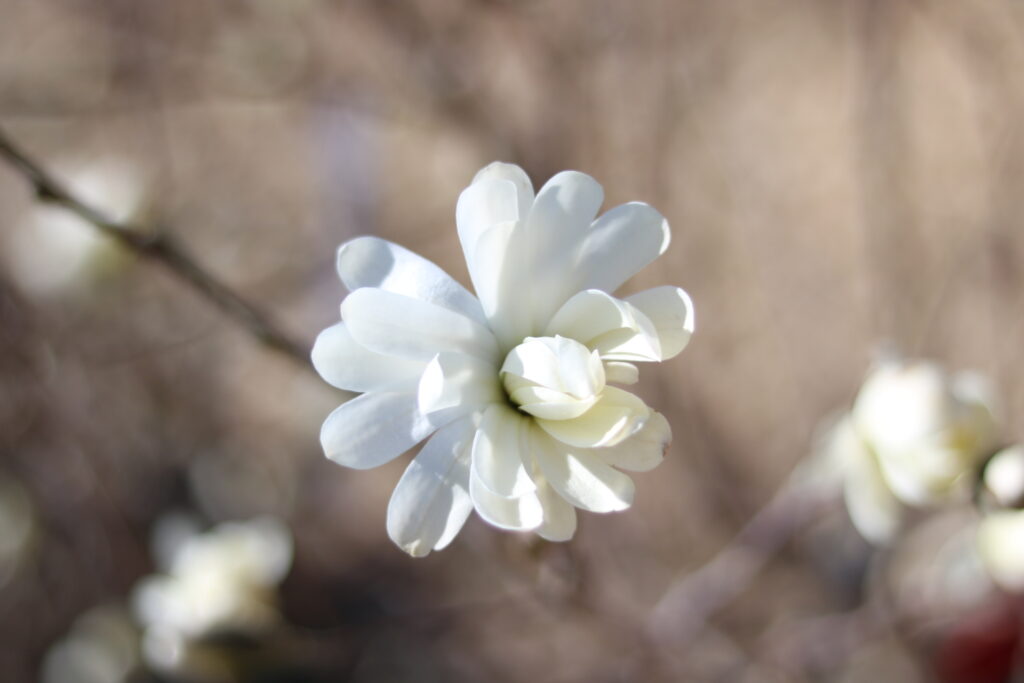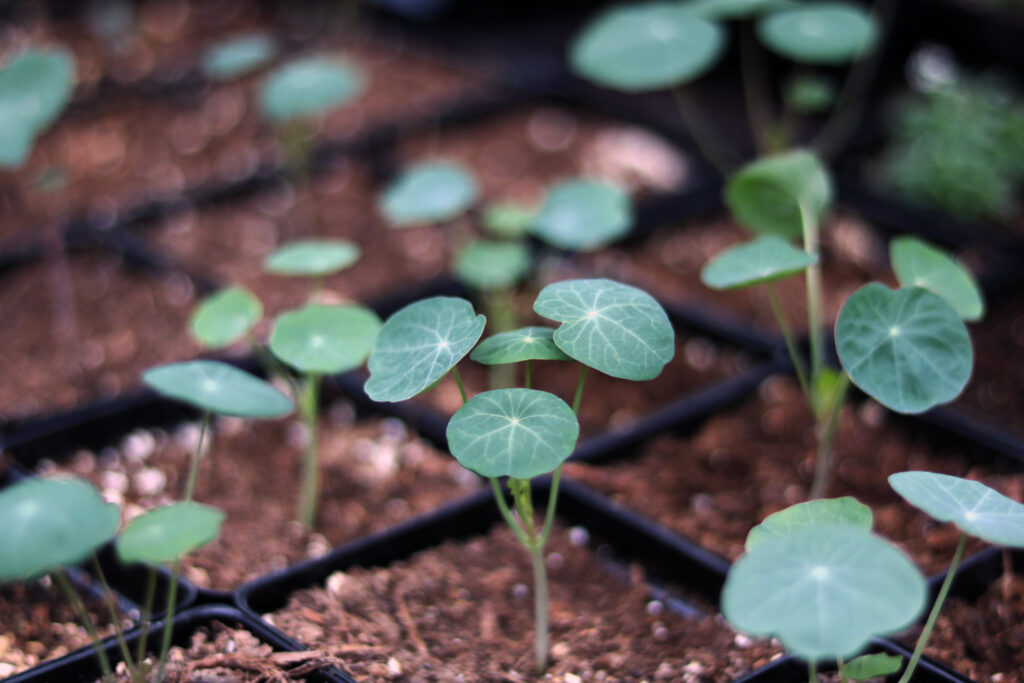

Many of us look forward to spending our free time outside, and work hard to fill our yards with eye-catching, lush plantings. While gardens and yards are lovely for relaxing, we do need to exercise caution when designing for homeowners with pets. When shopping at the nursery or if you use a landscaper for your garden, make sure to mention you have pets. Most garden centers will make recommendations and help you find pet-safe greenery and flowers for your home and yard. With just a little careful planning, we can keep our pets safe, and enjoy a beautiful garden environment!
Pictured to the right is Honeysuckle, one of our resident cats at Piala’s Nursery & Garden Shop. She is a working cat; if you see her on one of your visits, please respect her space!
When preparing and planting, keep in mind that many popular plants are toxic to cats and dogs. These plants can range from bulbs to perennials to trees and shrubs. Plants that have toxicity concerns include:
For a complete list of toxic plants and their effects please visit the ASPCA website.
Proper nutrition is a must for healthy plants to thrive. When using any fertilizer or pesticide, read and follow the label closely. Pets may be attracted to some tasty ingredients in fertilizers, so it is important to store fertilizer safely away from your pets because of the risks of them ingesting toxic ingredients. It is also best practice not to apply fertilizer or insecticides with pets present and to exercise caution before allowing pets near where an application has been done. Let the product label be your guide.
The most efficient and environmentally friendly way of providing nutrients and fertilizer to our gardens is composting. It is important to keep in mind that certain components might not always be safe for our pets. Coffee, moldy food and certain types of fruit and vegetable should be composted in a manner and location that prevents pets from gaining access.
Mulch is a great way to reduce the amount of weeding that is needed and to help our gardens retain moisture. However, we must be careful which type of mulch we use. Some gardeners use cocoa bean shells; these are a byproduct of chocolate production. Ingestion of cocoa mulch can have harmful effects on pets, and most pet owners select alternative mulches such as shredded bark without additives.
Good news! There ARE pet-safe plant options!



Perennials:
Shrubs:
Annuals:
www.americanhumane.org/fact-sheet/pets-poisons/
www.aspca.org/pet-care/animal-poison-control/toxic-and-non-toxic-plants
Retail Hours
Sun: 10:00am - 3:00pm
Mon: CLOSED
Tue: 10:00am - 5:00pm
Wed: 10:00am - 5:00pm
Thurs: 10:00am - 6:00pm
Fri: 10:00am - 6:00pm
Sat: 10:00am - 5:00pm